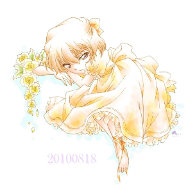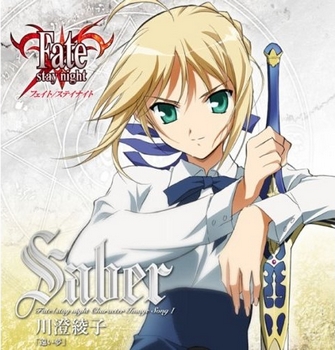Eve wrote:
Suutashi wrote:
Regardless, if full black was an actual rule, we’d be able to tell who every BO agent was on That's a good point because Haibara actually did said something to that extent during the Bus Jacking Case when Conan was freaked out by some man wearing black. Then there's the woman Conan thought was Black Org but was actually a red herring. You know, the case where Haibara was first introduced. I don't recall seeing Sherry wearing any black during the flashback when she still in the B.O either.
1. Why the red font? It hurts my eyes XD lol
2. Sherry wears black underneath her lab coat
3. Part of 'Everyone' wears black overalls, All BO wears Black most of the time or when in action, somewhere along the line, we can narrowed it down by looking at ppl wearing black

4. Black has represented death, destruction, doom, fear and sorrow culturally. Also status and formality. In other words, most Japanese don't run around with overall black themed clothing unless they're into some other kind of culture such as goth, or BO in DC.
5. It's my speculation, I'm not always right.
I'm apparently, according to some people, are always wrong However, it's a thought ^^
1. I changed the font color in my post back to black. I intended to use it to high light part of a quote but I changed what I was going to post then forgot to remove the red font code.
2. Remember this post? ---->
Eve wrote:
But the 'outside' part is pink...  that cancelled the black XD LOL
that cancelled the black XD LOL
If we were to go along with the logic that lighter colored outer cloth cancels the black clothing under clothing then what Sherry was wearing under the lab coat doesn't count.
3. If that were true then we'd have to include most male Japanese students as possible Black Org agents. Do a Google search for Gakuran and most of the results will be of a black uniform.
4. As I said before: most male Japanese uniforms are black. As for the color theory thing....
Wikipedia-Black wrote:
In Japanese culture, kuro (black) is a symbol of nobility, age, and experience, as opposed to shiro (white), which symbolizes serfdom, youth, and naiveté. Thus the black belt is a mark of achievement and seniority in many martial arts, whereas in, for example, Shotokan karate, a white belt is a rank-less belt that comes before all other belts. These ranks are called dan.
Color symbolism varies greatly from one culture to the next. For example:
Visual Color Symbols: Black Represents... wrote: * Apache: West - where the sun sets
* Australian Aboriginals: Color of the people
* Cherokee: Problems and death. Represents the West.
* China: Color for young boys
* Navajo: Dibé Nitsaa - Obsidian Mountain
* Thailand: Bad luck, unhappiness, evil
* Eastern: Career, evil, knowledge, mourning, pennance
* Western: Funerals, death, Halloween (with orange), bad guys, rebellion
* Feng Shui: Yin, water, money, income, career success, emotional protection, power, stability, bruises, evil
* Psychology: self-confidence, strength, power
5. It's refreshing to see someone willing to admit they're wrong. I don't hear or see enough people with that sense of humility.









